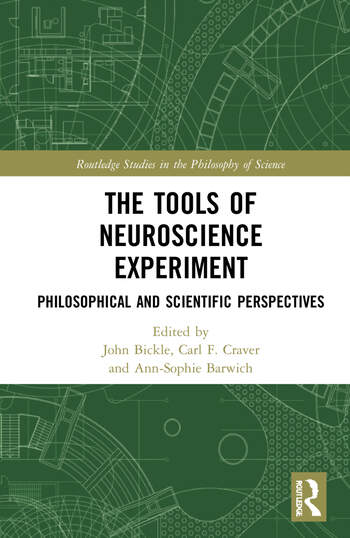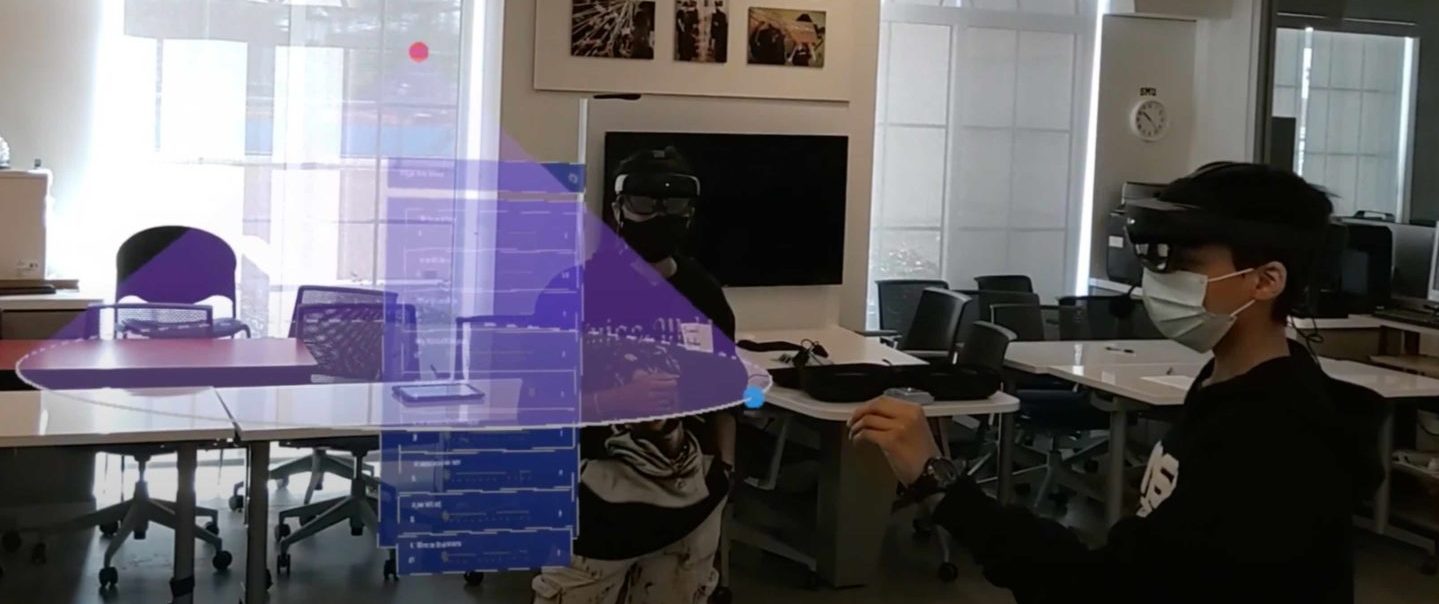Putting Theory in its Place, by John Bickle
John Bickle, Mississippi State University and University of Mississippi Medical Center I begin “Tinkering in the lab” by reviewing my previous publications on tool development in neuroscience. I take that work to suggest that in lab-based sciences such as neurobiology, theory is secondary to and entirely dependent upon, both historically …






